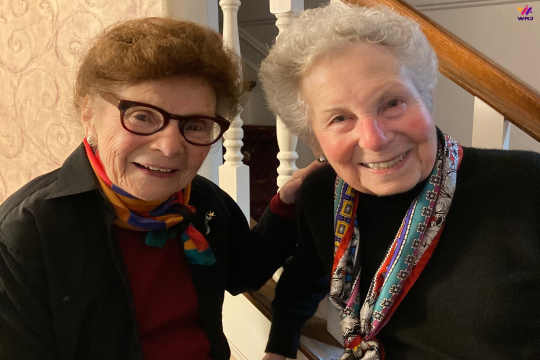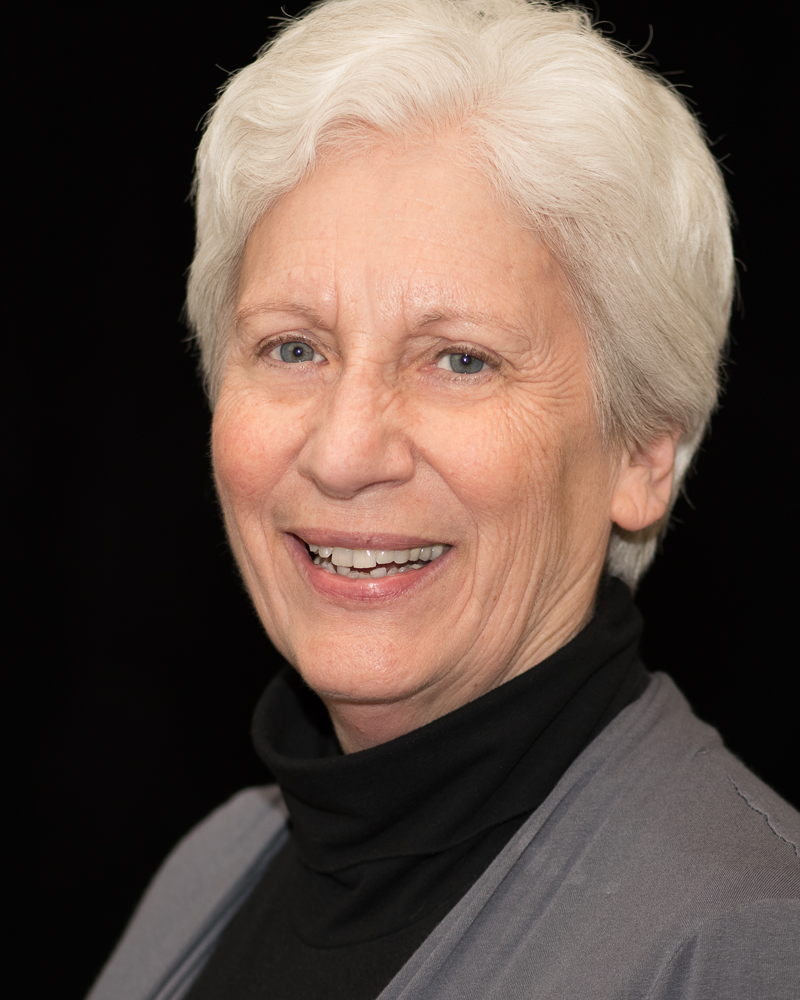
Tazria-M’tzora – that dreaded parashah that sends B’nai Mitzvah families screaming into the night. And who can blame them? With detailed, unflinching descriptions of bodily discharges and scaly skin disease, these portions are a challenge for modern interpretation. But the arc of this parashah can also be life-affirming, as it leads us from impurity back to purity. We learn how these diseases are recognized, how the afflicted are treated, and how they are welcomed back to the community.
And this year, I can connect with this text in ways unimagined in the past. As I began considering this D’var Torah, I read this passage written by Elaine Goodfriend in The Torah: A Women’s Commentary, and it stopped me in my tracks:
“Reflected in this passage is the Torah’s notion that certain actions and physical conditions produce an invisible, airborne pollution that invades the Sanctuary, the dwelling place of the divine Presence.”
Detailed throughout this parashah are ways in which a person may become impure. The person deemed impure “may not touch any consecrated thing, nor enter the sanctuary.”
As I write this, I reflect on my long year of not touching consecrated things and not entering the sanctuary. The last time I sat in my sanctuary was for the Purim Spiel in 2020. We already knew things were not normal. We were not hugging or shaking hands. We were keeping a bit of distance and bumping elbows good-humoredly. But never in our wildest imagination did we anticipate that we would soon be closing up our building, nor that another Purim would come and go, and we would still not have returned to that sanctuary. When I resigned myself to sheltering at home “for a couple of weeks,” I expected to go stir crazy. And yet, here I am, more than a year later, and the amazing thing for me is how resilient we have proven to be. I go about my life almost entirely within the boundaries of my home, and yet I find myself to be remarkably cheerful. And it’s not just me. I interact with people every day who have found their creativity, flexibility, and their patience. In this long pause in our lives, this endless Shabbat, we have found internal resources that we did not know we had but that we will never forget.
This parashah ends with a glimmer of hope; the impure can be returned to purity and in some cases, returned to their community. We also have hope. Our understanding of the spread of this disease has grown exponentially. We now know what mitigation efforts are effective in our daily comings and goings. We have promising treatments and a true miracle of effective vaccines after less than a year in development.
May we come back together soon, into our sanctuaries and everywhere else where we gather. May we never again take that life for granted. And may we never forget the lessons we learned as we sheltered at home for an unimaginable length of time but never lost our connections with each other.
Jane Taves is the current Vice President of Programming on the WRJ North American Board. She previously held the position of Vice President of Marketing & Communications. She is a member of Temple Beth El Sisterhood in Madison, Wisconsin.
Related Posts

Celebrating 100 Years: A Journey Through Time
Celebrating the Mothers of Israel: A Women’s Seder


